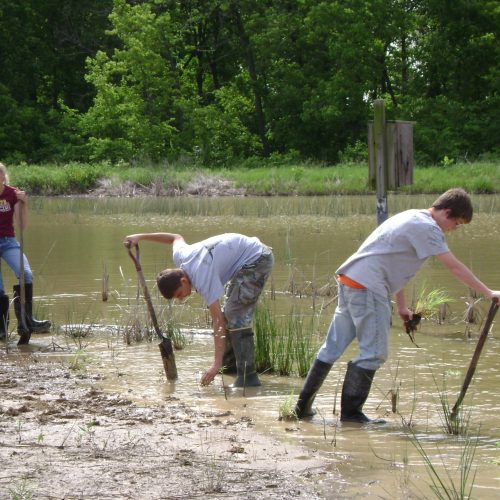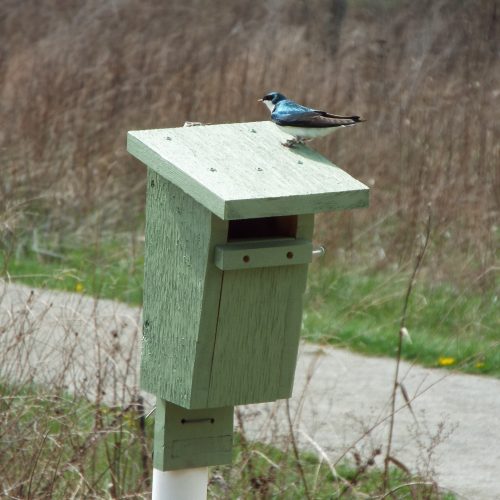“I started with surprise and delight. I was in the midst of a prairie. A world of grass and flowers stretched around me, rising and falling
in gentle undulations, …” wrote Eliza Steele in 1840. Truly cataclysmic changes in the natural communities which once characterized
the landscape of Illinois took place in a very short span of time due to human activity. Consider the demise of the tallgrass prairies
that once stretched across millions of acres of America’s heartland just 170 years ago. Acres and acres of the pre-settlement prairies
of Illinois have been converted to agricultural fields and urban developments. Yet, we human beings have begun to realize the loss.
Thus, Ballard Nature Center’s goal of restoring and managing natural communities (not just prairies but also savannas and forests
and wetlands) is a truly significant and urgent one, which is being achieved at the center through scientific research, careful planning,
collaborative efforts, and meticulous work
Natural communities, having been restored and being managed at the center:
- Tallgrass Prairie – Characterized by an abundance of grasses growing three or more feet tall, including Big Bluestem and Indian Grass; shorter grasses, such a Prairie Dropseed Grass; an extensive variety of flowering plants, such as Blazing Star and Purple Coneflower and Compass Plant; and a myriad of other creatures, insects, mammals, birds, etc. Read More
- Wetland – Defined as land periodically covered by shallow water and supporting predominantly hydrophytes, such as Woolgrass, Swamp Milkweed, Softstem Bulrush. Wetlands serve as habitat for salamanders and frogs, dragonflies and damselflies.
- Vernal Pools – Described as small shallow bodies of water that may occur in Illinois during spring rains thus serving as a breeding sites for amphibians
- Oak-Hickory Forest – Characterized by a complexity of well-developed layers of herbs (such as spring wildflowers like Dutchman’s Breeches and Bloodroot), shrubs (such as Spicebush and Flowering Dogwood), and canopy-forming trees dominated by oak and hickory species (such as Quercus macrocarpa and Carya ovata) and inhabited by a community of organisms which thrive in a variety of environments, from high in leaf canopies to low amongst leaf litter.
Constructed shelters for wildlife:
- Nest boxes for cavity-nesting birds, ie. bluebirds, purple martins, and wood ducks
- Structures for roosting bats
- Snake hibernacula
- Chimney Swifts’ homes


